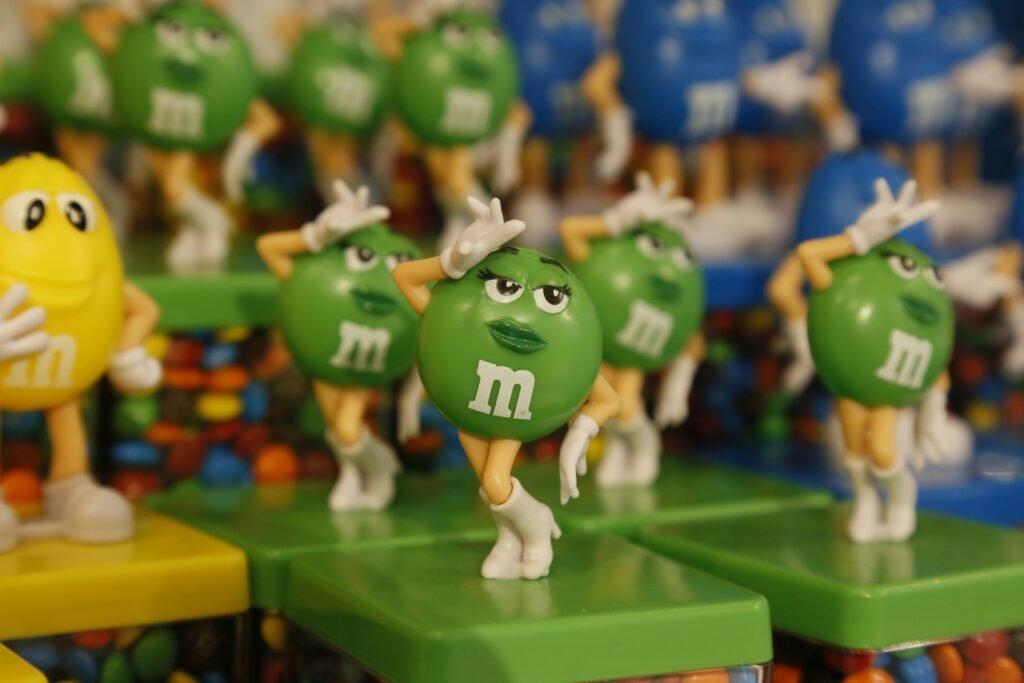In 2025, branding is about more than a logo or slogan. Successful brands are creating immersive, multi-sensory experiences that make customers feel connected and understood. From mascots to soundscapes, every element plays a vital role in fostering loyalty. Let’s dive into how brands are using these strategies and why new businesses should adopt them.
Mascots: Building Emotional Connections

Mascots have become essential in branding. They give companies a relatable personality and human touch. Take these examples:
- Coca-Cola’s Polar Bears: These mascots embody warmth and family connections. They’ve been a staple in holiday campaigns, creating nostalgia and emotional ties.
- GEICO’s Gecko: The Gecko’s humor and charm make insurance feel approachable and less daunting.
- M&M’s Characters: These playful mascots represent individuality and fun, resonating with diverse audiences.
Mascots help customers feel like they belong. They create familiarity and trust, encouraging repeated interactions with the brand.
Sounds, Colors, and Smells: Stimulating the Senses

Successful brands know the power of consistency across sensory elements:
- Sounds: Sonic branding is unforgettable. Think of McDonald’s jingle, “I’m Lovin’ It.” It’s simple yet sticks in your mind.
- Colors: Brands like IKEA use distinct colors to ensure instant recognition. Their iconic blue and yellow evoke trust and energy.
- Smells: Starbucks stores have a signature coffee aroma. It’s intentional, designed to create a welcoming atmosphere and build a strong association with their brand.
When these elements remain consistent, they reinforce the brand’s identity. They make customers remember and trust the brand, even subconsciously.
Why New Businesses Should Embrace Multi-Sensory Branding
For new businesses, engaging customer senses is a game-changer. It’s about creating memorable experiences that differentiate you from competitors. Start by:
- Defining Your Mascot: Choose a figure or character that represents your brand’s values and connects with your audience.
- Creating a Signature Sound: Develop a jingle or soundscape that aligns with your brand’s personality.
- Designing with Consistent Colors: Select a palette that reflects your mission and resonates with your target market.
- Leveraging Scents: If applicable, incorporate unique scents in physical spaces or product packaging.
These strategies stimulate customers’ senses and emotions. They create a sense of belonging and foster long-term loyalty.
Branding in 2025 is all about connection and consistency. Successful brands use mascots, sounds, colors, and even smells to build immersive experiences. They understand their customers’ emotions and engage their senses to leave lasting impressions. For new businesses, adopting multi-sensory branding isn’t just an option—it’s a necessity. Start creating experiences that make your customers feel understood, and watch your brand thrive.
Leave a Reply